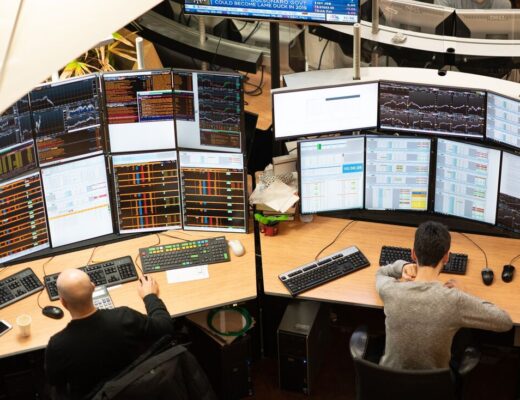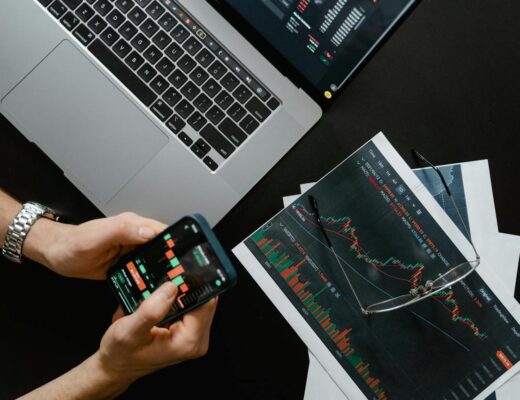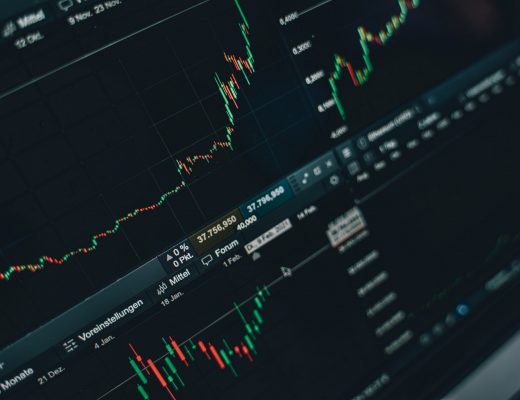How to calculate Free Float and its benefits
Free Float is the number of shares that are in free circulation or the number of securities that are available for public trading. The second name is Float or Public Float. In other words, it is those shares that can be purchased by a retail investor for trading on the stock market. In some cases, this indicator is considered to be the best option to determine the capitalization of a company, as it is more realistic to present the current affairs and state of business.
From an economic point of view, shares have one big advantage over other securities – they can be freely transferred from one owner to another. This makes the transfer of ownership much easier, and the person who has more shares is the owner of the company.
Thanks to progress, most operations are carried out in digital form, and about 95% of securities are in electronic format. However, despite the simplification of processes in the market, not all shares are available for purchase.
A company, which places its securities at the Exchange, does it in limited quantities, clearly calculating this figure. The fact is that in most cases several investors own the shares, and in order to conduct business it is enough to have about 15-20% of securities, while the rest can be freely circulated at the exchange.
The Free Float coefficient is used to determine how many shares are in free circulation. The higher the free float ratio, the more securities are available for purchase. Free Float is expressed in two ways: as a percentage, or as a number with shares rounded to the hundredths. The value of this ratio depends on the issuer – it is the issuer that determines this number.

Free Float means a shareholding that is not controlled by the owner of the company and in most cases is held by minority shareholders. The free float shares allow business owners to attract as many investors and their capital as possible.
The volume of Free Float allows to analyze the company’s liquidity and its prospects for some or other traders. In some cases it is this number of securities that becomes a determining factor for the future issuer.
Shares issued on the exchange are distributed among various funds, private investors and financial institutions. At this stage the owners of securities are divided into several categories, which somehow or other affect the processes with shares. The first group includes the owners of the company who want to continue managing the controlling interest. The second group includes institutional investors who are interested in the potential of this business. The third category treats securities as an instrument for speculative trading. Their profits depend on the value of the shares.










